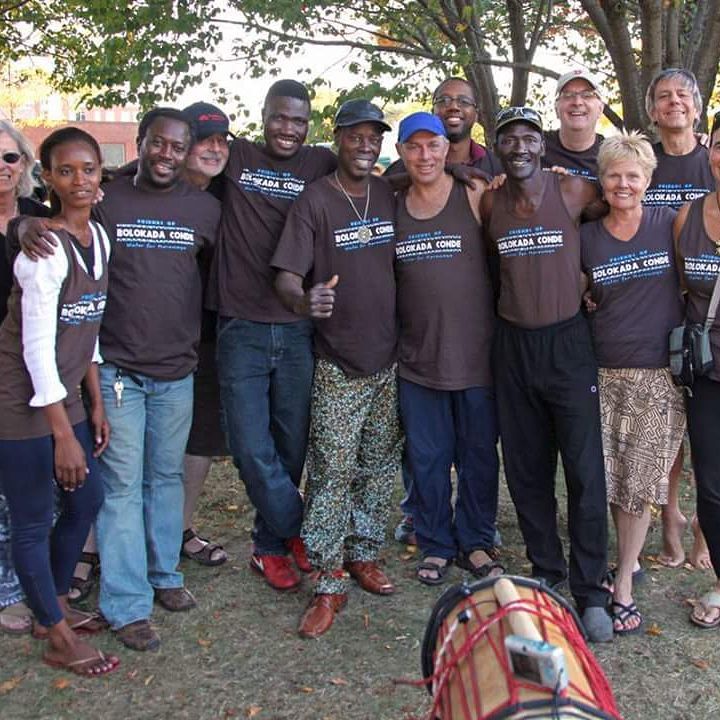One of the most fun things about drumming and percussion is that every time you sit down to play you can learn something new.
If you keep open minded you can pick up new ideas from almost anywhere or anything. From a birds song, rain drops falling, crickets to your washing machine. Life is rhythms and patterns falling and flowing in repetition.
Learning from a qualified teacher who has patience, teaches slowly, step by step and is knoweldgabele can also be very helpful for learning to play your drum. The drum, be it conga drum, djembe, shekere or dunun has a long deep history and comes from African cultures that go way back.
There are proper techniques for playing your drum. That means there is a way to play it, to get sound out of it and make it speak. These sounds, such as bass, tone, slap, muff and touches take time to learn and perfect for everyone. It is a lifelong study.
When you learn how to hit the drum correctly and play in harmony with others in support and arrangements you will have more fun, I guarantee it!
Therefore, there is a vocabulary of sounds the drum makes. There are traditional and non traditional arrangements that your drum is part of. If you think of a band that has a bass guitar, a rhythm guitar, a melody a solo, etc. it is very similar in drum arrangements.
Many people have fear about learning and feel they are not good students or maybe they were not good students in school. I know when I have taken classes often the information goes right by me or is presented too fast for my learning skills.
If you take your time and seek out a good teacher and put time in you will be rewarded! The more time you put in practicing and learning the more fun you will have.
One of my goals in life is getting people to understand that hand drums are not toys, drums are musical instruments, there is a meaningful culture to the drum, that is comes from a very deep, long and proud history.

